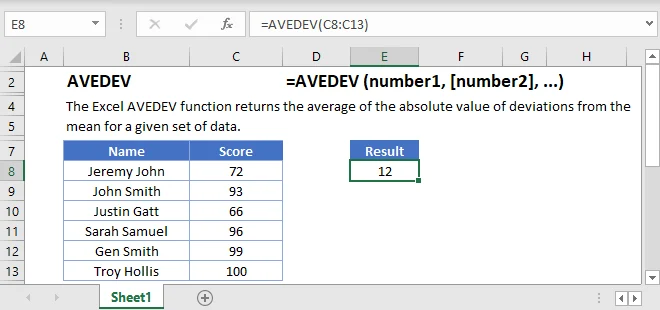How to calculate percent uncertainty

Calculating percent uncertainty is a crucial skill in the world of scientific experiments and measurements. It helps gauge the accuracy and reliability of obtained results and provides a better understanding of the precision of instruments and techniques. This article will guide you through the process of calculating percent uncertainty step-by-step.
What is Percent Uncertainty?
Percent uncertainty, also known as relative uncertainty or percentage error, is a measure that quantifies the degree of precision in experimental data. It is expressed as a percentage of the measured value and indicates how much a measurement could be off from its true value. This is particularly beneficial when comparing different sets of data or when assessing experimental results.
Calculating Percent Uncertainty
Follow these simple steps to determine the percent uncertainty:
1. Determine Absolute Uncertainty:
Absolute uncertainty is the range within which a measurement is expected to deviate from the true value. Depending on your experiment, you may derive this value from the instrument’s precision, calibration errors, or any other factors that might introduce errors into your measurements.
2. Calculate Relative Uncertainty:
Relative uncertainty, sometimes called fractional uncertainty, refers to the ratio of absolute uncertainty to the measured value. Divide the absolute uncertainty by the measured value to obtain a decimal number.
Relative Uncertainty = (Absolute Uncertainty) / (Measured Value)
3. Convert Decimal To Percentage:
To express this ratio as a percentage, multiply by 100%.
Percent Uncertainty = (Relative Uncertainty) × 100%
Example
Let’s consider an example to demonstrate how to calculate percent uncertainty:
Suppose you measure the length of a table using a ruler with an absolute uncertainty of 0.5 cm, and your measurement reads 63 cm.
1. Determine Absolute Uncertainty:
In this example, our absolute uncertainty is given as 0.5 cm.
2. Calculate Relative Uncertainty:
Divide absolute uncertainty by the measured value.
Relative Uncertainty = (0.5 cm) / (63 cm) = 0.0079
3. Convert Decimal To Percentage:
Multiply the decimal value by 100%.
Percent Uncertainty = (0.0079) × 100% = 0.79%
Thus, the percent uncertainty of our measurement in this case is 0.79%.
Conclusion
Calculating percent uncertainty is a valuable practice for any scientist, engineer, or researcher looking to analyze and understand their data better. By following the three steps outlined above, one can easily determine the percent uncertainty of any given measurement and evaluate the precision of instruments. Dispersion analysis in experimental results not only ensures accurate data, but it also highlights areas that could be improved or require further investigation.






